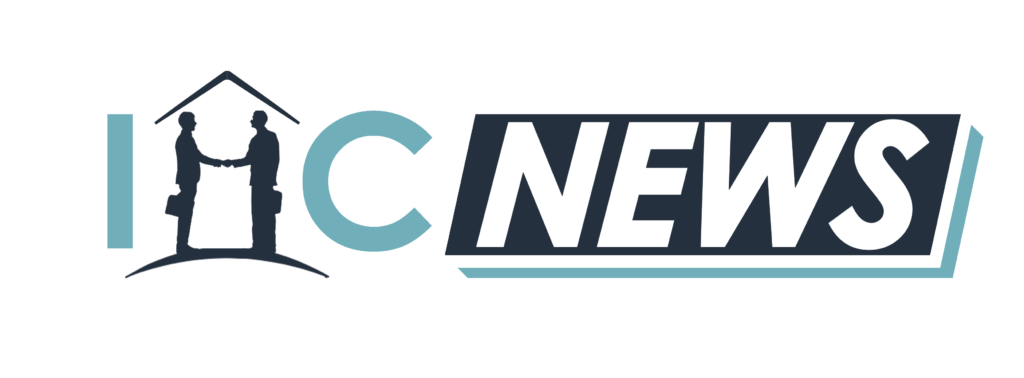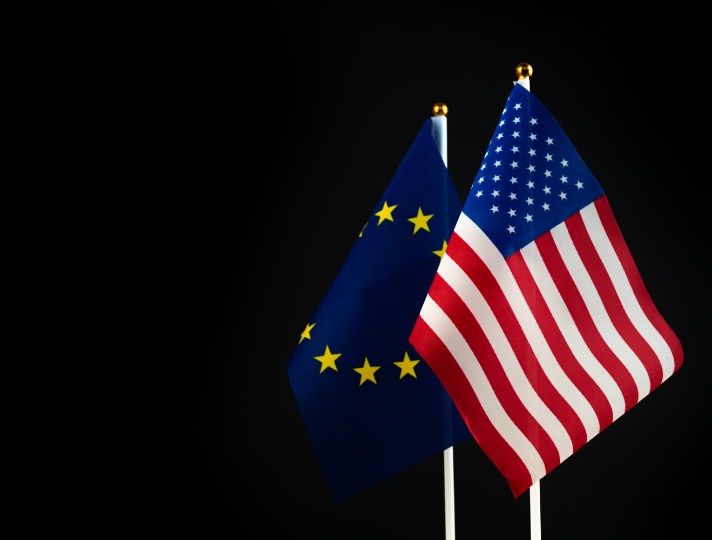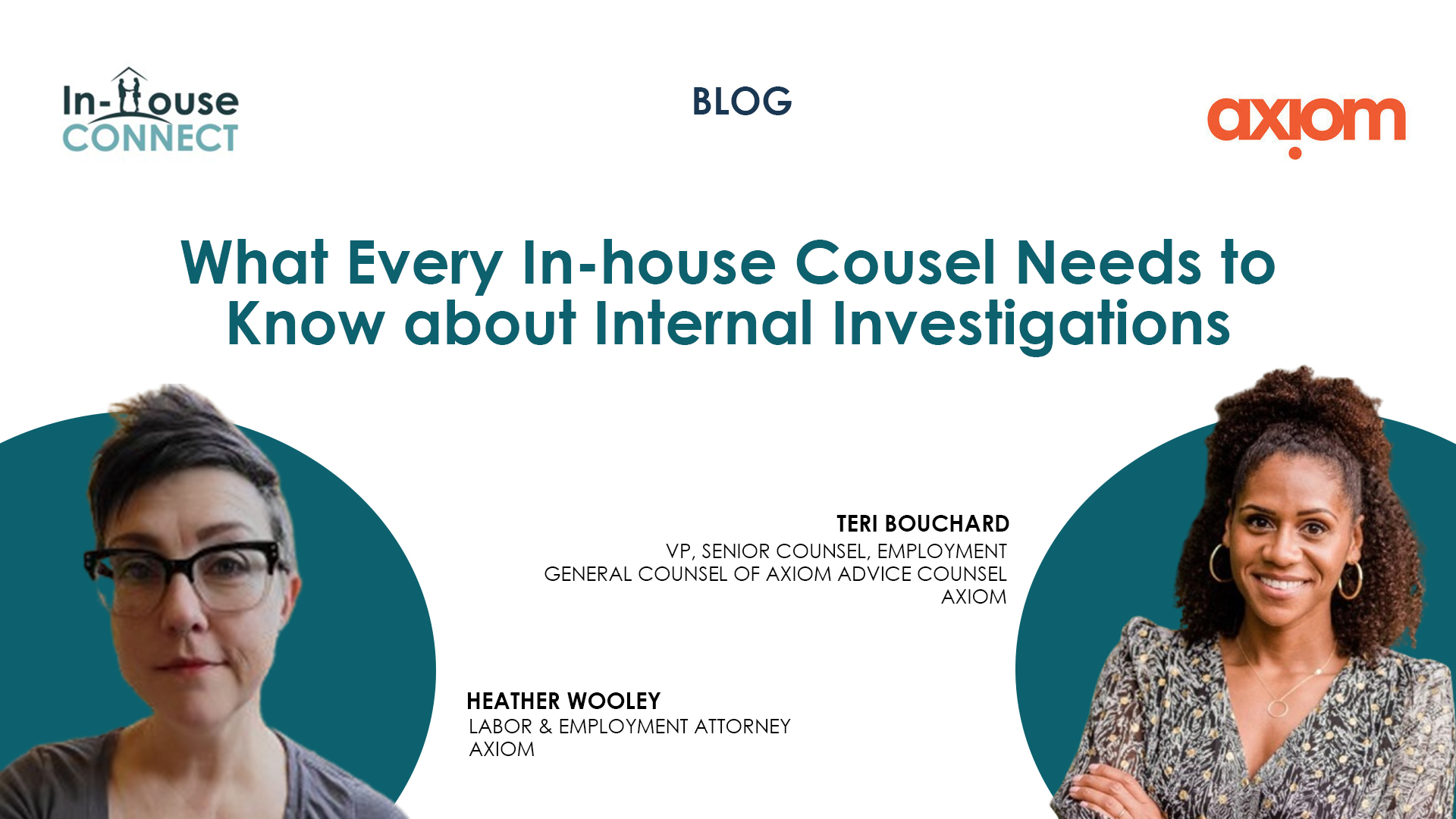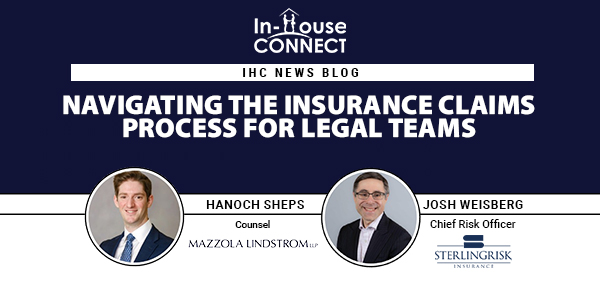In a recent In-House Connect webinar, “Navigating AI Regulations for In-House Counsel: A Deep Dive into US and EU Regulations”, Clifford Chance AI thought leaders Devika Kornbacher and Dr. Holger Lutz provided valuable insights into the rapidly evolving landscape of AI regulations in the US and EU.
Here are the top five takeaways from the session:
- AI Definitions Matter: The definition of AI systems varies across regulations, with the OECD definition serving as a useful starting point. Clarity in terminology is crucial for regulatory purposes, and even simple machine learning is considered AI, not just high-risk systems.
- EU AI Act’s Global Reach: The EU AI Act has a broad application to businesses inside and outside the EU, covering prohibited practices and high-risk AI systems. Providers and deployers of AI systems must comply with various obligations, including conformity assessments, quality and risk management systems, data validation, testing, and enabling effective human oversight.
- US Regulatory Landscape: While there is no comprehensive federal AI legislation in the US, there are sectoral regulations, especially in the financial sector. Existing laws related to data privacy, cybersecurity, and civil rights are being enforced in relation to AI. The Biden executive order has directed agencies to take action on AI, focusing on areas such as truth in marketing and addressing “AI washing.”
- Legal Compliance Complexities: Organizations must navigate the complexities of legal compliance with global laws, which may sometimes be contradictory. Considerations include deciding the consequences of breaches based on conflicting laws, geo-blocking certain systems, and the impact on other laws such as GDPR and HIPAA.
- AI Risk Management Framework: A tailored AI risk management framework is essential for organizations. Procedures should be specific to the organization, and a multi-stakeholder team should be involved in the risk management framework discussion. Board-level conversations and discussions are highly recommended.
The webinar provided a comprehensive overview of the current state of AI regulations and the challenges organizations face in ensuring compliance. As AI continues to evolve, in-house counsel must stay informed about the latest developments and adapt their strategies accordingly.
Did you miss the session? You can watch it now via IHC On-Demand!
